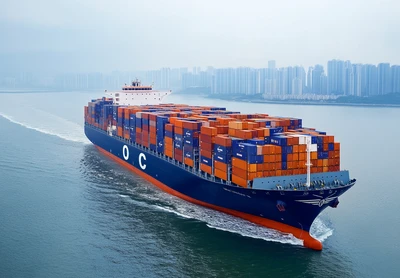



The Harmonized Tariff Schedule of the United States (HTSUS) is compiled and published by the U.S. International Trade Commission (USITC), with regulatory interpretation and enforcement delegated to U.S. Customs and Border Protection (CBP). It is important to note that trade control measures administered by executive agencies—including embargoes, anti-dumping duties, countervailing duties, and other specific trade remedies—constitute a separate regulatory framework and are not integrated into the HTSUS. However, tariffs specifically imposed on Chinese products under Section 301 can be referenced within the HTSUS.
Executive Order “Modifying Reciprocal Tariff Rates to Reflect Trading Partner Retaliation and Alignment” of April 9, 2025, increases the rate of additional duties for the People’s Republic of China from 84% to 125% and suspends the country-specific rates of duty, except for 9903.01.63, until July 9, 2025. Learn more
Importers are legally obligated to classify goods under the correct HTSUS provisions prior to entry into the United States. This classification process requires adherence to a three-tiered analytical framework:
Application of the General Rules of Interpretation (GRIs);
Consideration of statutory annotations at the section, chapter, and subheading levels;
Integration of the Explanatory Notes to the Harmonized System.
The HTSUS adopts a hierarchical classification structure, extending from the World Customs Organization’s Harmonized Commodity Description and Coding System (HS). Key structural elements include:
4-digit and 6-digit codes aligning with HS international standards;
8-digit codes designating unique U.S. tariff lines;
10-digit codes for non-legal statistical reporting.
Classification under this system follows a tiered analytical approach: practitioners must first identify the most specific 4-digit provision applicable to the goods, then progressively apply subcategory rules while incorporating supplemental interpretive regulations established by the United States.
 Global Commerce Flow: Shipping Goods from China to CanadaMarch 13, 2024In the context of the globalized economy, the circulation of goods has transcended geographical boundaries, and international trade has become a crucial engine for economic development. As a world man...view
Global Commerce Flow: Shipping Goods from China to CanadaMarch 13, 2024In the context of the globalized economy, the circulation of goods has transcended geographical boundaries, and international trade has become a crucial engine for economic development. As a world man...view Sod HS Codes, Let’s Talk Proper China ShippingMarch 24, 20251: When the Bollocks Hit the Container“Bloody hell, they’ve classed our hinges as ‘furniture parts’ again!” I yelled at the customs letter, which demanded £2,800 for “luxury goods storage” – ...view
Sod HS Codes, Let’s Talk Proper China ShippingMarch 24, 20251: When the Bollocks Hit the Container“Bloody hell, they’ve classed our hinges as ‘furniture parts’ again!” I yelled at the customs letter, which demanded £2,800 for “luxury goods storage” – ...view What is LCL Shipping? A Complete GuideApril 21, 2024Introduction to LCL ShippingLCL (Less than Container Load) shipping is a popular method for transporting smaller quantities of goods that do not fill an entire shipping container. It provides a cost-e...view
What is LCL Shipping? A Complete GuideApril 21, 2024Introduction to LCL ShippingLCL (Less than Container Load) shipping is a popular method for transporting smaller quantities of goods that do not fill an entire shipping container. It provides a cost-e...view Skyrocketing Sea Freight Rates: A Comprehensive AnalysisJune 21, 2024Since the end of the pandemic, sea freight rates have not experienced significant fluctuations, maintaining a steady course. However, starting from May, these rates have seen a continual rise. With ma...view
Skyrocketing Sea Freight Rates: A Comprehensive AnalysisJune 21, 2024Since the end of the pandemic, sea freight rates have not experienced significant fluctuations, maintaining a steady course. However, starting from May, these rates have seen a continual rise. With ma...view